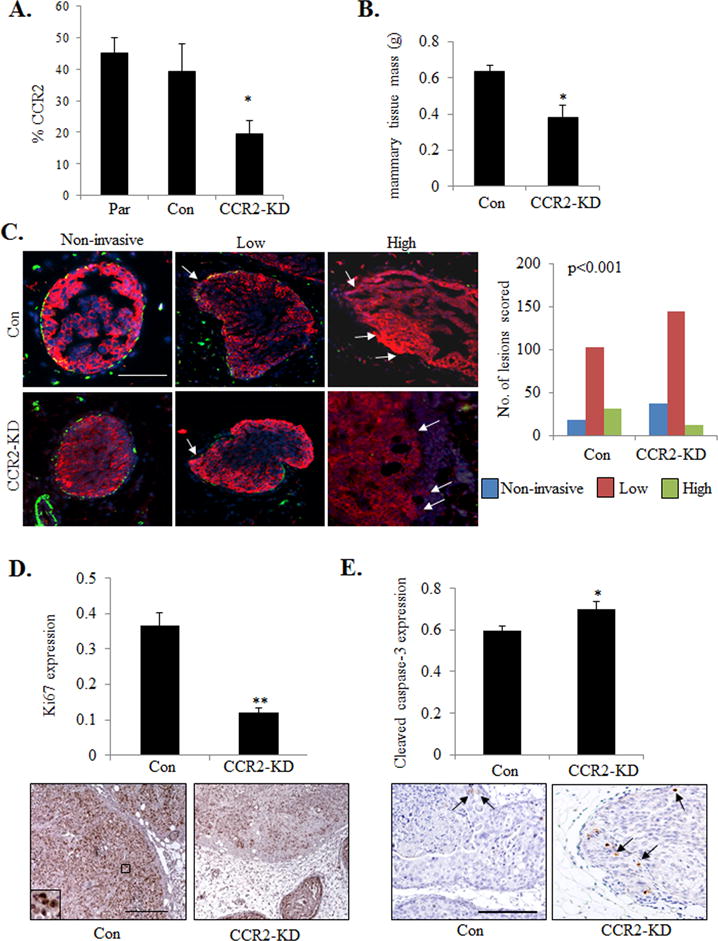Figure 2. shRNA mediated CCR2 knockdown in DCIS.com breast cancer cells inhibits invasive progression.

A. Flow cytometry analysis for CCR2 expression in Parental (Par) or DCIS.com cells expressing control (Con) or CCR2 shRNA (CCR2-KD). B. Tissue mass of DCIS.com MIND injected mammary glands C. DCIS.com MIND lesions were co-stained for CK5 (red) and α-sma (green) and counterstained with DAPI (blue). Representative images are shown with arrows pointing to invading tumor cells. Lesions were scored for invasiveness. n=152 lesions for control shRNA group, 193 lesions for CCR2-KD group. n=8 mice/group. D-E. Image J quantification of Ki67 (D) or cleaved caspase-3 (E) immunostaining in DCIS.com lesions. Arbitrary units are shown. Arrows point to examples of positive staining. Statistical analysis was performed using One way ANOVA with Bonferonni post-hoc comparison (B, D,E) or Chi square test (C). Statistical significance was determined by p<0.05. *p<0.05, **p<0.01. Scale bar=200 microns.
